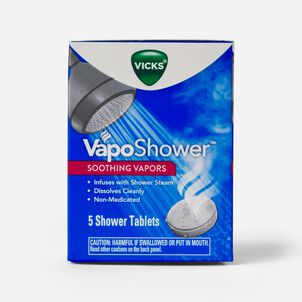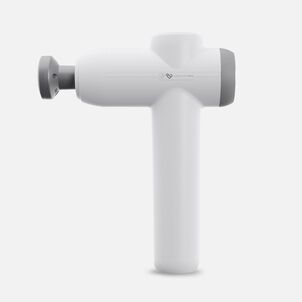Health savings accounts (HSA) weren't always considered top tier retirement resources. But things are changing. And why not? With an HSA, your money can grow tax-free. With an HSA you can also spend that money on qualified medical expenses tax-free.
Currently, traditional retirement accounts such as IRAs and 401(k)s are held by more people. But, there's an upward trend of individuals choosing to invest their money in HSAs — either instead or as a supplement — to their savings accounts. Unsure which one to choose? Here’s the rundown of HSAs vs. retirement accounts:
Give me the basics...
If you have an HSA, you get a triple tax benefit.
- Contributions to the account are tax-free
- Growth of the account through interest or investment is not subject to taxes
- HSA distributions spent on qualifying health expenses are tax-free
With an IRA you get a tax deduction on the amount you put into your plan and it grows tax-deferred. When you withdraw that money, you pay taxes on it no matter the use. With an HSA, you can withdraw that money, similar to an IRA or 401(k), but you get to do it tax-free.
Of course, there are a few other, more-complex differences that set the two apart.
What else is different?
After age 65,you can use HSA funds exactly like an IRA. Any non-medical purchases made will have the standard tax applied to them (just like a traditional purchase), but there is no additional penalty tax implemented. This is different from those non-medical purchases made before 65 which get taxed plus an additional 20% penalty.
With an IRA, your funds are available to use after age 59 ½ (bet you didn't think you'd be counting half birthdays again) with no penalty tax. The accounts have similar types of benefits, except you can't pay for medical expenses tax-free with an IRA.
In terms of contribution limits, with an IRA, you can invest up to $7,000 a year, which jumps up to $8,000 after age 50. With an HSA, you can invest up to $4,150 a year if you participate in the health plan as an individual, which jumps to $5,150 if you're 55 or older and become eligible to make an annual $1,000 catch-up contribution. But...here's a nice perk. If you participate in an HSA-compatible health plan as a two-person or family, the HSA contribution limit rises to $8,300 per year (or $9,300 if you're 55 or older), all of which can be used for dependent or spousal medical expenses year-round.
Think of an HSA as your ultimate health care savings tool. Save for retirement, and cover costs of medical expenses if needed along the way. Then, when the time comes, you can still use that money for medical expenses, but you can also take it out and use it any way you wish. Sure, there's standard tax on non-health care-related purchases, but think of how much money you've saved over the life of the HSA.
Also noteworthy: you can set up an HSA while having an IRA or other traditional retirement account. The only requirement is that to have an HSA, you need to have a qualified high-deductible health plan (HDHP). And if you're relatively healthy, an HDHP can be a great way to save money on premiums, while still getting the preventive care you need.
If you want to make a complete switch to an HSA from a traditional retirement account, you get one free transfer of funds from an IRA to an HSA for those who qualify. But, before you start transferring funds, be sure to speak with a financial professional before making the jump, so you can make an educated decision about the best use of your long-term savings.
As always, the information provided in this article should not be considered legal or tax advice. Please consult a licensed professional for appropriate advice given your individual situation.
-
Thank you for visiting the HSA Store Learning Center. Don’t forget to follow us for more helpful tips on Facebook, Instagram, and Twitter.

.png)
















